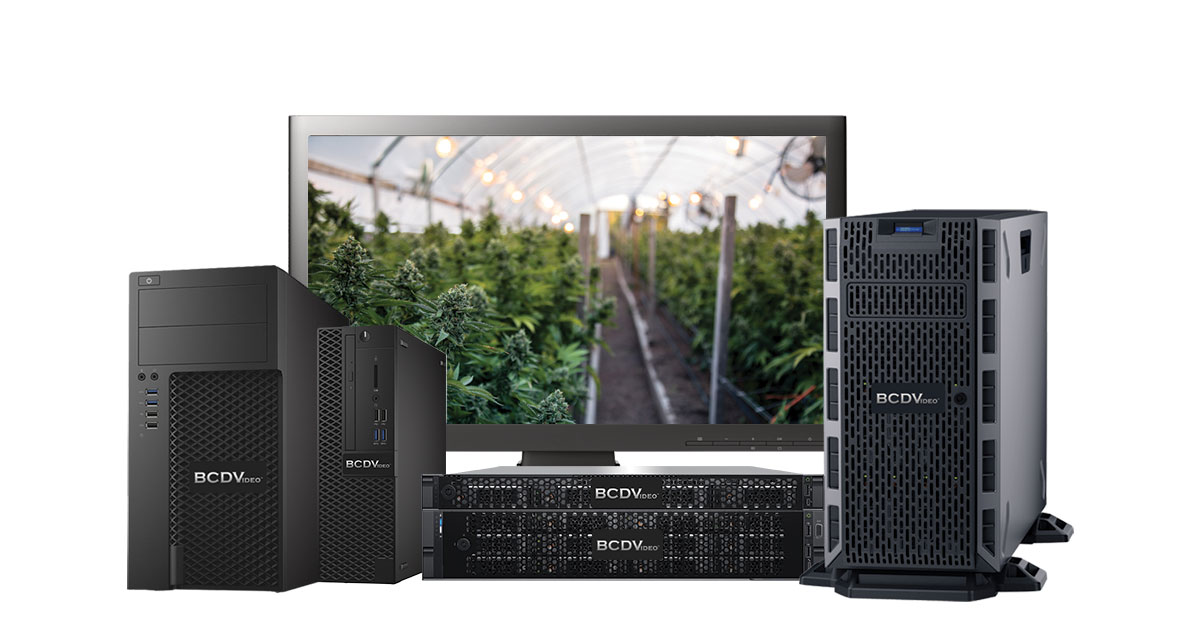As Cannabis legalization spreads across the country, grower and dispensary operations have become an attractive investment opportunity. In the United States alone, the Cannabis sales are predicted to reach 11 billion in 2018 and up to 22 billion by the year 2022[1]. California is a state that has recently legalized Cannabis and requires strict compliance with video surveillance regulations. For example, the state has a minimum camera resolution, retention and placement requirements[2]. It is important that systems integrators who service businesses entering the grower market, create awareness of these regulations and act accordingly because compliance fines can be costly.
The three biggest regulatory considerations for surveillance are video retention, video quality and law enforcement access[3]. Businesses must have a way to store their surveillance videos for future viewing if an issue were to arise. Video surveillance retention rates depend on state or regional jurisdiction, for example, many states including California, require that growers store their surveillance recordings for at least 30 days.
In addition, the resolution of the videos should be high enough to clearly see all actions of the employees present in those areas. For example, California suggests no less than 1280×720 pixels and the cameras must monitor every area where cannabis products are stored, restricted access areas, security and surveillance rooms, and access points for those areas. Systems integrators must not only know the regulatory requirements but since camera resolution directly impacts bandwidth and storage calculations, must consider these parameters when bidding on projects. Other states may not have pixel requirements but enforce compliance with certain monitor sizes or require timestamp data.
Finally, law enforcement access is required in almost all jurisdictions. This can range from them having login access to the surveillance files to just having images readily available during inspections. The video management software necessary to provide this access will impact the systems speed and usable storage so it’s important to know this when calculating hardware requirements.
Beyond the regulations and requirements for grower and dispensary operations, it is important for systems integrators to consider the speed at which this industry is evolving when specifying system requirements and choose expandable infrastructure. In the state of Illinois, the retention requirements as of June 2018 were 30 days and have recently been increased to 90 days[4]. In addition, Cannabis operations are growing at a 17% compounded rate yearly demanding more infrastructure and personal which means they quickly become non-compliant if not planning for the future.
It is imperative that systems integrators servicing growers or dispensers in the Cannabis industry fully understand the video surveillance regulatory requirements. The right surveillance system can help businesses save money, in addition to providing business owners with peace of mind knowing their investment and employees are protected and poised for future growth.
[1] https://money.cnn.com/2018/01/31/news/marijuana-state-of-the-union/
[2] https://www.arxys.com/cannabis-video-surveillance-requirements/
[3] http://bcc.ca.gov/law_regs/mcrsa_isor.pdf – § 5068. Video Surveillance System
[4] http://www.ilga.gov/commission/jcar/admincode/068/068012900G04100R.html

